Plant functional traits and types: Their relevance for a better
Por um escritor misterioso
Last updated 19 setembro 2024

It is proposed here to analyse the potential and limitations of the PFTT concepts in the case of AFS in the humid tropics, notably referring to rainforest dynamics regarding succession patterns. Complex Agroforestry Systems (AFS) in the humid tropics are mixed forest-like ecosystems that often display high species diversity that makes their structure and functioning difficult to understand and simulate. Plant Functional Traits and Types (PFTT) are broadly used concepts in community and ecosystem ecology to address the responses of species to changes in the environment and/or the contribution of species to ecosystem functions. The relevance of these concepts, developed for natural ecosystems, for a better understanding of AFS is unknown but we hypothesize that they might be useful to gain a better understanding of the resilience properties of AFS and to answer the following questions: What is the role of AFS species composition in ecosystem functions? and, conversely: How do environmental changes affect that species composition, and hence AFS performance? We propose here to analyse the potential and limitations of the PFTT concepts in the case of AFS in the humid tropics, notably referring to rainforest dynamics regarding succession patterns. This analysis is based on case studies from coconut-based AFS in Melanesia and coffee-based AFS in West Africa. Plant functional traits, such as growth form, life form, phenology, and height were first used to describe these AFS. Since AFS are a result of farmers interventions, to evaluate their performance specific traits, corresponding to agronomic characteristics of species such as the production cycle, and part of the plant used, need to be considered in addition to traits considered for natural forests. (Resume d'auteur)

Applications closed – Plant Functional Traits Course 7 South Africa – Plant Functional Traits Courses
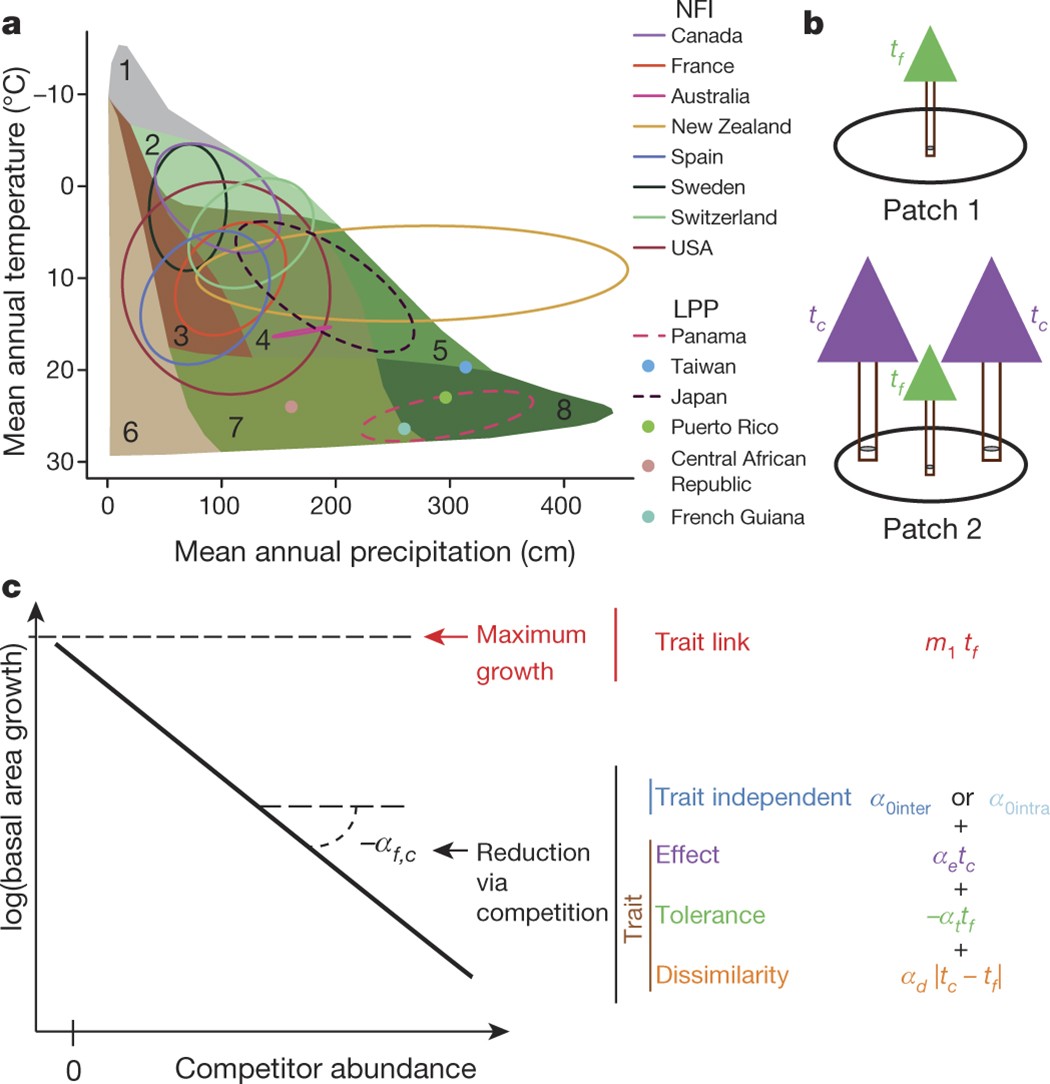
Plant functional traits have globally consistent effects on competition
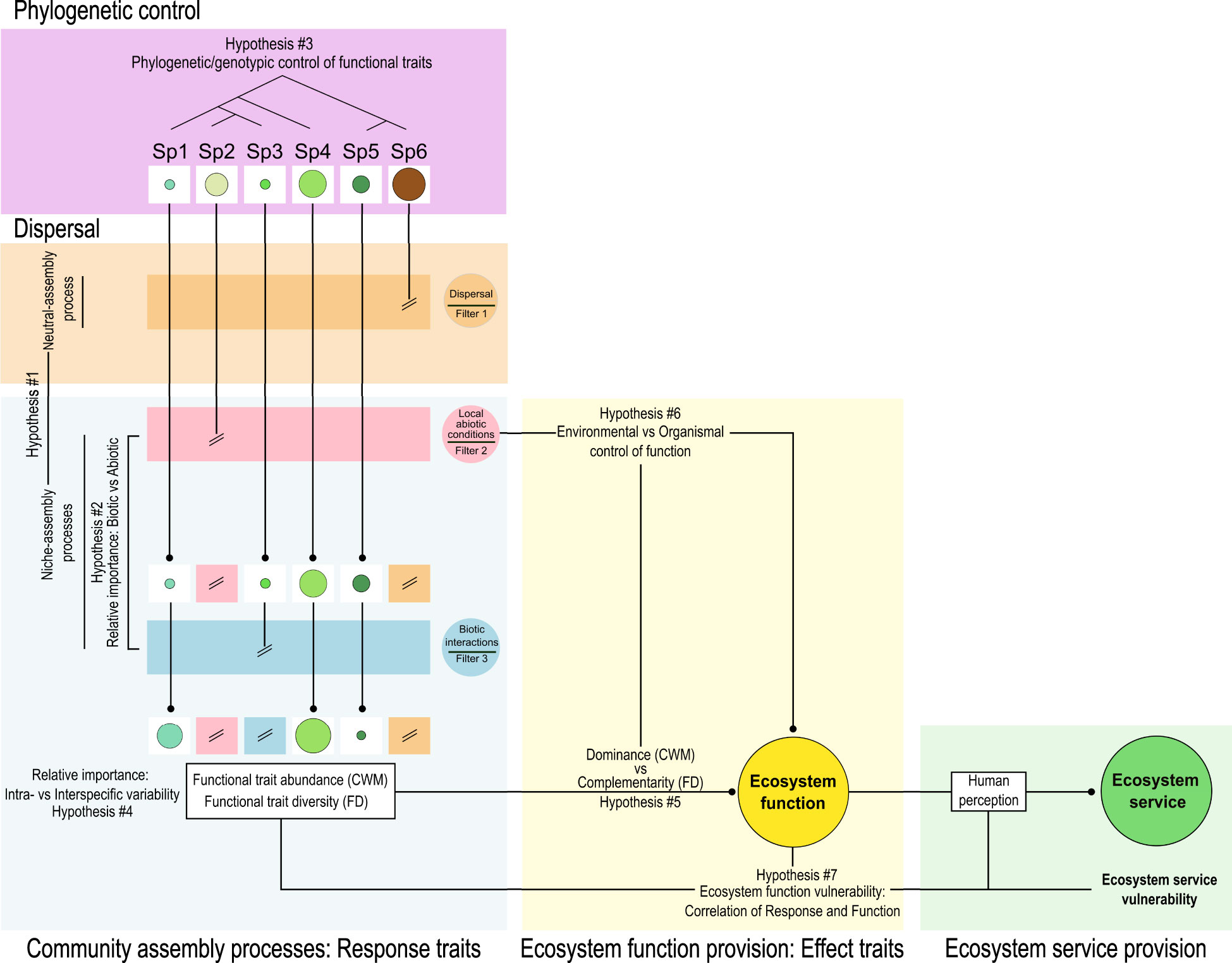
Frontiers A trait-based framework for seagrass ecology: Trends and prospects

Plant Trait Networks: Improved Resolution of the Dimensionality of Adaptation: Trends in Ecology & Evolution

Climatic and soil factors explain the two-dimensional spectrum of global plant trait variation
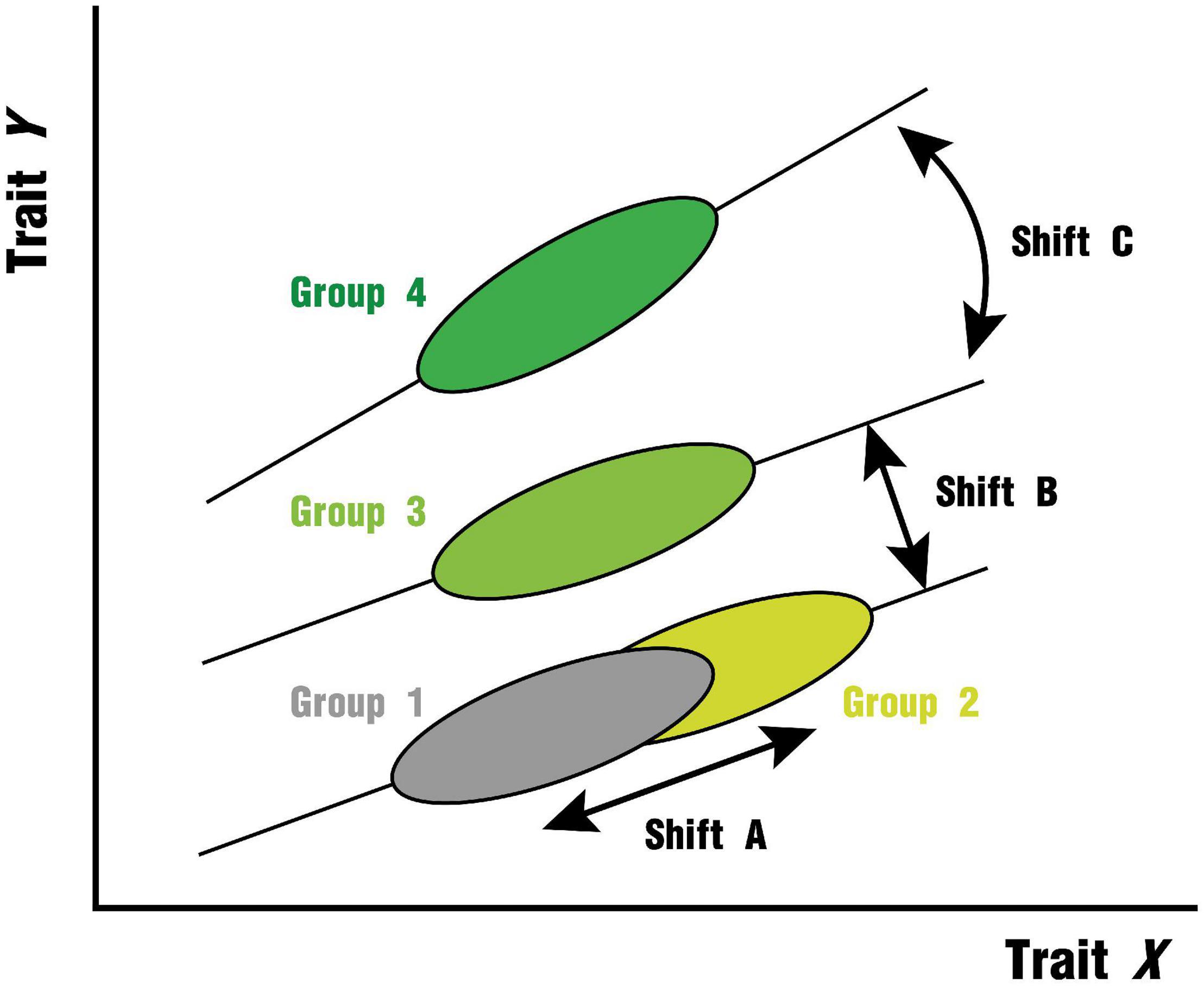
Frontiers Differential Investment Strategies in Leaf Economic Traits Across Climate Regions Worldwide

Silicon content is a plant functional trait: implications in a changing world - ScienceDirect

All Traits Are Functional: An Evolutionary Viewpoint: Trends in Plant Science

Predicting ecosystem productivity based on plant community traits: Trends in Plant Science

Plant functional traits play the second fiddle to plant functional types in explaining peatland CO2 and CH4 gas exchange - ScienceDirect

Plant functional traits play the second fiddle to plant functional types in explaining peatland CO2 and CH4 gas exchange - ScienceDirect
Recomendado para você
-
 Glossários19 setembro 2024
Glossários19 setembro 2024 -
 MoodleMoot Brasil 2011 - O Moodle na UFSC (Infraestrutura de TI)19 setembro 2024
MoodleMoot Brasil 2011 - O Moodle na UFSC (Infraestrutura de TI)19 setembro 2024 -
 Applied Sciences, Free Full-Text19 setembro 2024
Applied Sciences, Free Full-Text19 setembro 2024 -
 Moodle Wookie prototype. On the left side of the image a list of19 setembro 2024
Moodle Wookie prototype. On the left side of the image a list of19 setembro 2024 -
 Moodle Grupos: Curso Machine Learning para Todos - IVG19 setembro 2024
Moodle Grupos: Curso Machine Learning para Todos - IVG19 setembro 2024 -
 AWARE_publication_201819 setembro 2024
AWARE_publication_201819 setembro 2024 -
 How to synchronise Google Calendar with Moodle19 setembro 2024
How to synchronise Google Calendar with Moodle19 setembro 2024 -
 Full article: Assessment framework for Proof of Concept (PoC) in19 setembro 2024
Full article: Assessment framework for Proof of Concept (PoC) in19 setembro 2024 -
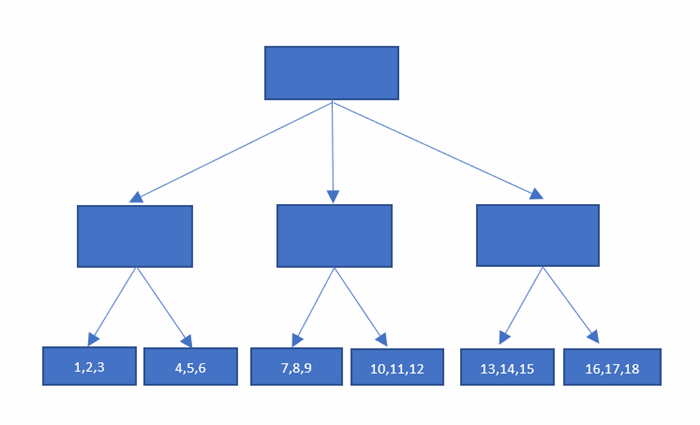 Implementation of Resizable Multidimensional Arrays in C++1719 setembro 2024
Implementation of Resizable Multidimensional Arrays in C++1719 setembro 2024 -
 Brazilian uni develops experimentation tool — In The Field19 setembro 2024
Brazilian uni develops experimentation tool — In The Field19 setembro 2024
você pode gostar
-
 Mattel Games UNO StackoGame for Kids and Family with19 setembro 2024
Mattel Games UNO StackoGame for Kids and Family with19 setembro 2024 -
Clockwork Planet Episode 4 Discussion - Forums19 setembro 2024
-
 Copo de Treinamento 360° Buba Antivazamento com Alças Rosa 210ml19 setembro 2024
Copo de Treinamento 360° Buba Antivazamento com Alças Rosa 210ml19 setembro 2024 -
 Found another hacker while playing Arsenal roblox19 setembro 2024
Found another hacker while playing Arsenal roblox19 setembro 2024 -
 Ace Devil Fruit Figure Mera Mera no Mi - One19 setembro 2024
Ace Devil Fruit Figure Mera Mera no Mi - One19 setembro 2024 -
 SET TRAP BR 2020 - 1 HORA DOS LANÇAMENTOS MAIS FODAS DO TRAP NACIONAL DE 202019 setembro 2024
SET TRAP BR 2020 - 1 HORA DOS LANÇAMENTOS MAIS FODAS DO TRAP NACIONAL DE 202019 setembro 2024 -
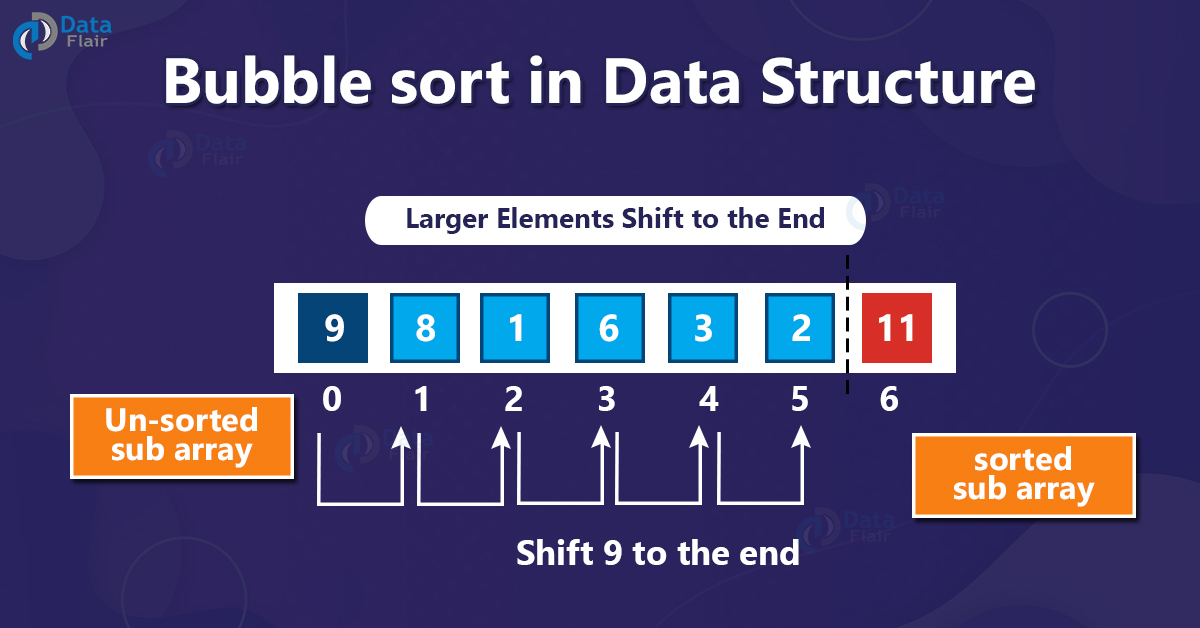 Bubble Sort in Data Structure - DataFlair19 setembro 2024
Bubble Sort in Data Structure - DataFlair19 setembro 2024 -
/media/movies/covers/2017/04/dbz_futuretrunks.jpg) Dragon Ball Super (4ª Temporada) - 12 de Julho de 201619 setembro 2024
Dragon Ball Super (4ª Temporada) - 12 de Julho de 201619 setembro 2024 -
 Pubg Mobile HD Gameplay - No Copyright Gameplay (60 FPS)19 setembro 2024
Pubg Mobile HD Gameplay - No Copyright Gameplay (60 FPS)19 setembro 2024 -
 Best Friend Gifts Friendship Gift Girlfriend Gift Custom Best19 setembro 2024
Best Friend Gifts Friendship Gift Girlfriend Gift Custom Best19 setembro 2024
